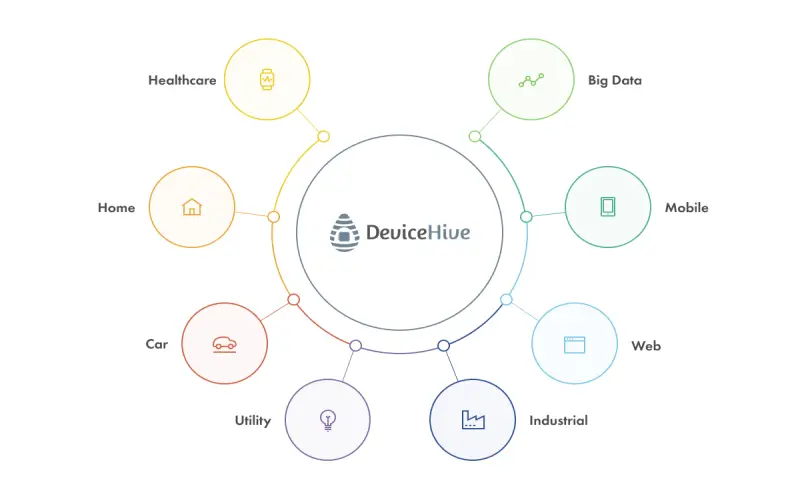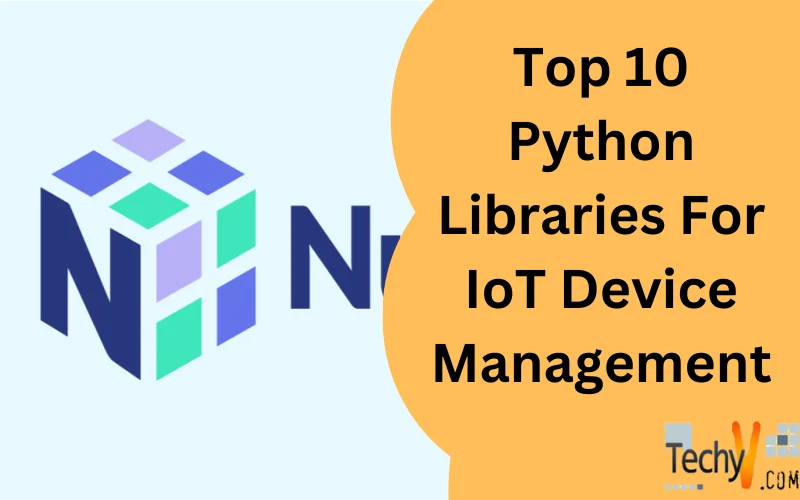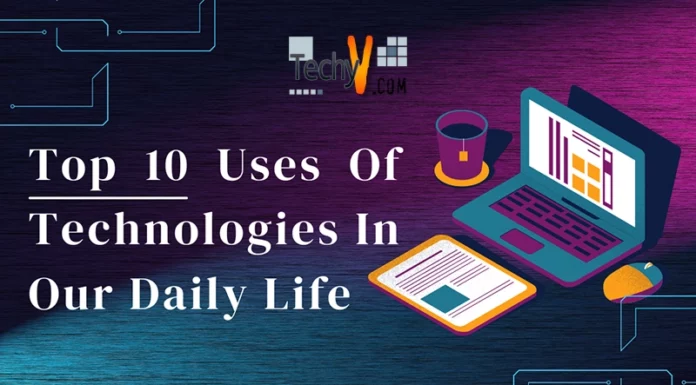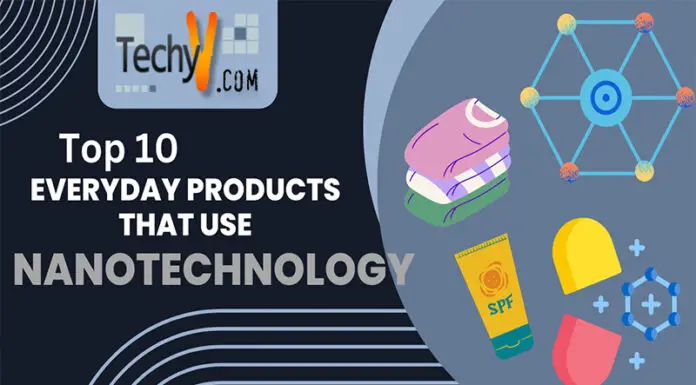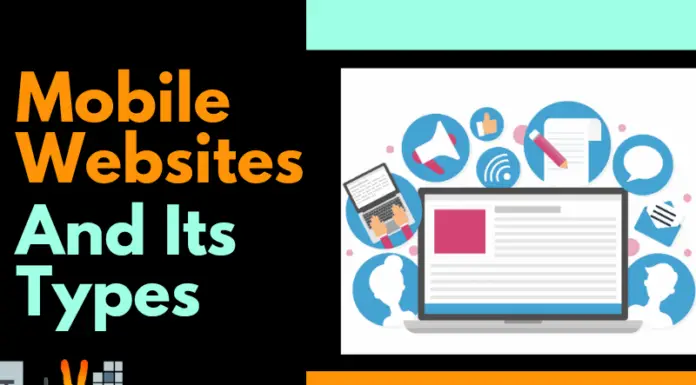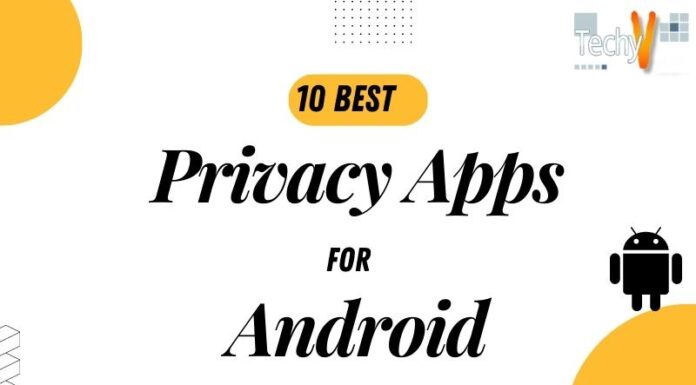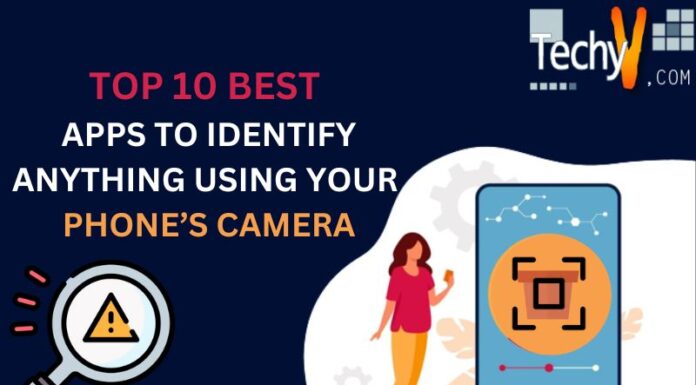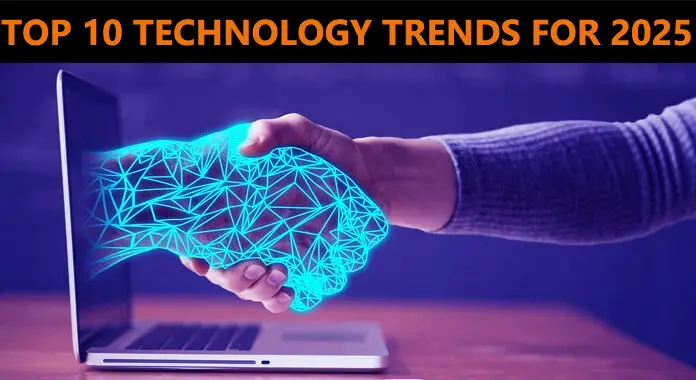With the rapid growth of the Internet of Things (IoT), connecting and managing devices can get tricky quickly. There is a heap of device types and communication protocols, and every IoT solution stack looks a bit different. Luckily, the Python ecosystem offers some fantastic libraries to help streamline IoT device management. From abstracting hardware interfaces to visualizing data and connecting to the cloud, Python’s got you covered. The Python ecosystem provides amazing breadth and depth for nearly any IoT application. These libraries represent the tip of the iceberg in terms of capabilities for interfacing hardware, manipulating data, connecting services, and building interfaces. As the IoT space accelerates, Python and its community will continue generating innovative tools to move the industry forward. For current and aspiring IoT developers, Python remains a powerful weapon in your arsenal. In my personal opinion, these are the top 10 Python libraries for managing IoT devices.
1. Mraa
Mraa provides a straightforward way to interface with GPIO, I2C, SPI, UART, PWM, and analog on embedded Linux devices. It supports a bunch of single-board computers like Raspberry Pi, BeagleBone, and Intel Edison. I find Mraa removes the pain of interacting directly with esoteric kernel drivers and weird sysfs paths. The simple API means you can focus on your application instead of OS specifics. Mraa is perfect for basic tasks like toggling GPIO pins or reading sensor data.
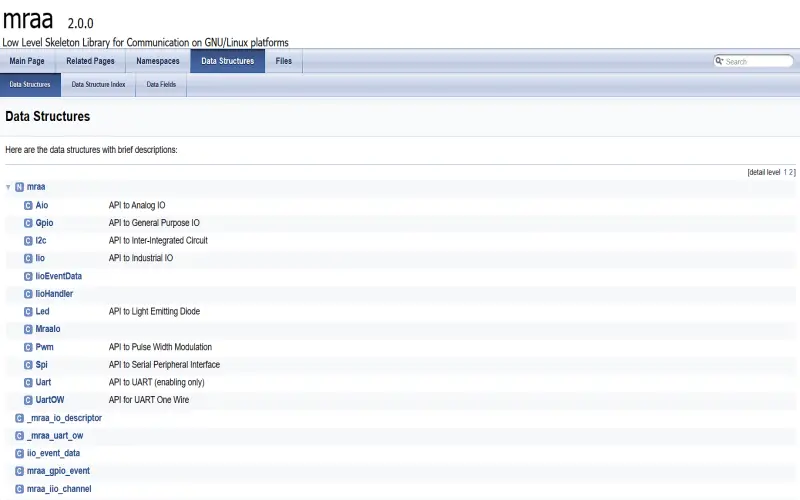
2. Sockets
The Python standard library includes excellent support for network programming via the socket module. Sockets allow for direct TCP and UDP communication between devices and servers. Most IoT solutions require a socket library at some point, whether for an MQTT connection or direct messaging between nodes. I prefer the Python socket API over other languages because of its intuitive nature and built-in asynchronous support. Sockets are a powerful tool for building custom protocols and connections between devices.
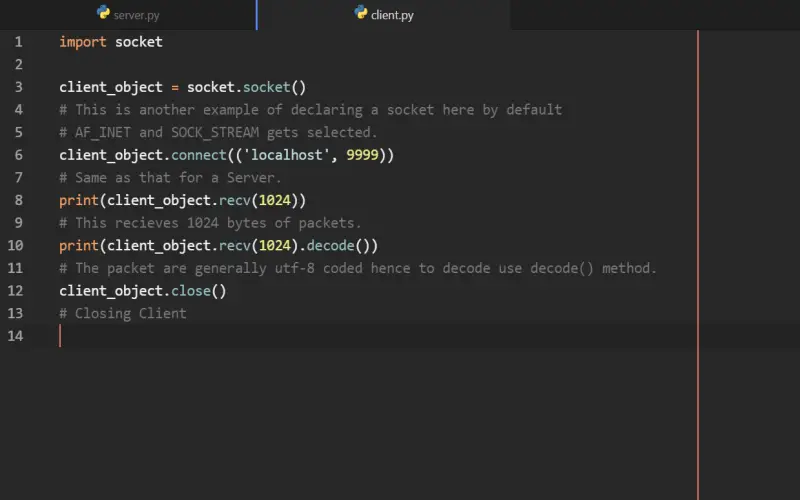
3. Mysqldb
Storing and analyzing sensor data often involves a database. MySQLdb provides a straightforward way to connect Python applications to MySQL databases. It wraps the standard MySQL C API and makes tasks like executing queries, fetching rows, and handling errors nicely Pythonic. MySQLdb supports the full range of database operations, from creating tables to joining complex queries. And it performs very well under load. For relational data storage and retrieval, MySQLdb is hard to beat.
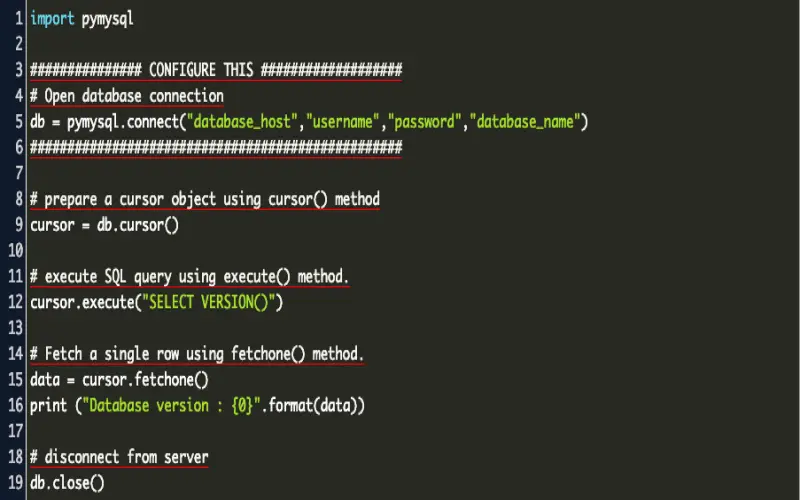
4. Numpy
NumPy brings high-performance multidimensional array operations to Python. It underpins a lot of the advanced math and data analysis capabilities that make Python popular for scientific computing. NumPy arrays integrate tightly with Python’s built-in datatypes. And the NumPy vectorization engine accelerates operations dramatically compared to native Python. IoT applications frequently rely on NumPy for tasks like data cleaning, feature extraction, and dimensionality reduction. It’s the bedrock of libraries like Pandas and Scikit-learn.
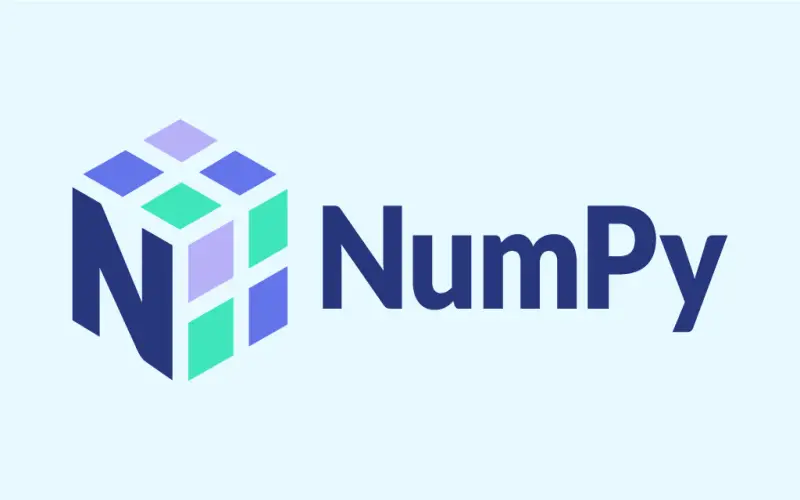
5. Matplotlib
Visualizing data from sensors and devices is crucial for monitoring and analyzing IoT systems. Matplotlib provides versatile tools for 2D plotting and graphing directly in Python. It can generate graphs, charts, histograms, and much more in publication-ready quality. Matplotlib works nicely with NumPy, making visualization of computed arrays a breeze. The plot module feels very similar to MATLAB’s plotting functions. For anything from simple line charts to complex heatmaps, Matplotlib is an indispensable tool for IoT developers.
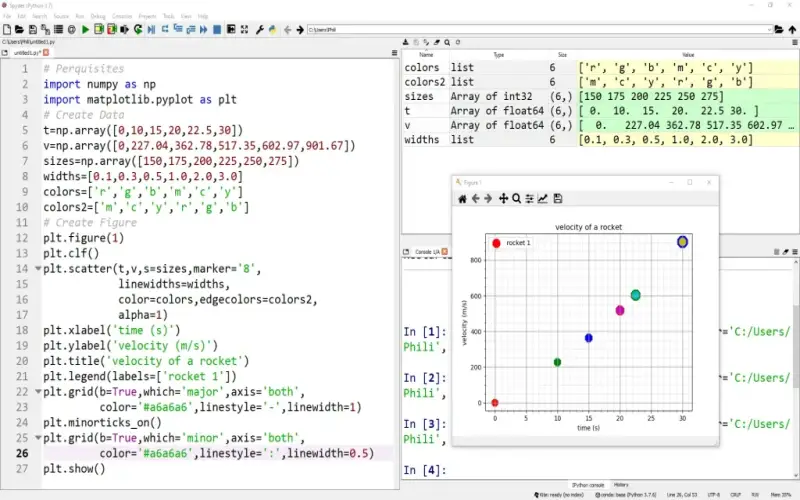
6. Pandas
Pandas build on NumPy to provide high-performance, easy-to-use data structures, and data analysis tools. It offers robust methods for working with time series data, making it invaluable for IoT applications. Pandas also has fantastic support for loading data from a variety of sources like SQL tables, Excel sheets, or CSV files. And it can cleanly handle missing data or erroneous values. IoT deployments generate massive datasets, and Pandas empowers developers to wrangle, analyze, and understand that data with ease.
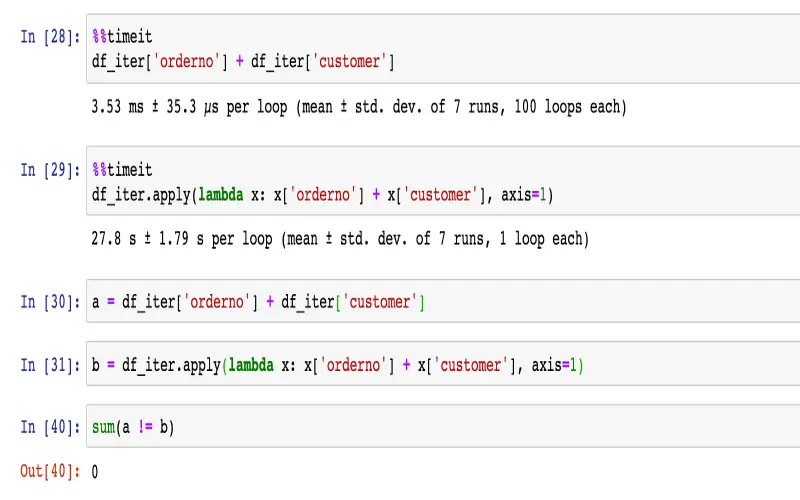
7. OpenCV
Many IoT solutions incorporate computer vision, and OpenCV is the go-to library for image processing and analysis. It contains over 2500 optimized computer vision algorithms, from facial recognition to object identification. OpenCV works great with cameras and supports real-time video streams. And it integrates with NumPy arrays for easy manipulation of image data. IoT developers rely on OpenCV whenever they need to add vision capabilities, from counting objects on an assembly line to detecting license plates on a traffic camera.
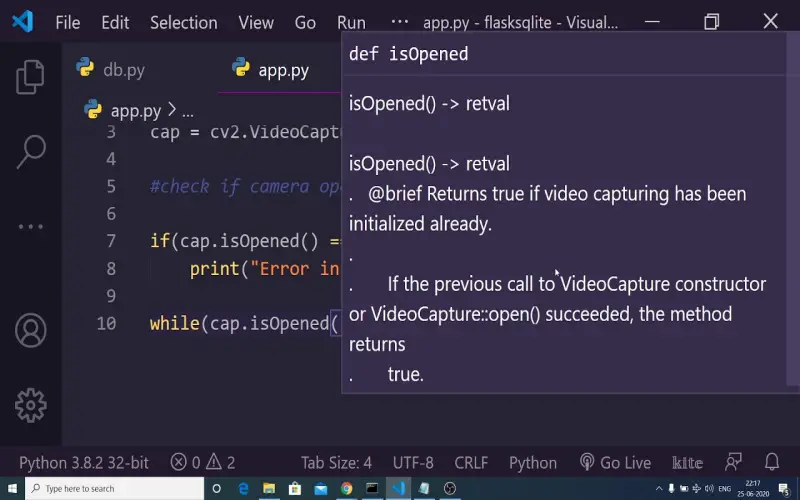
8. Tkinter
Building a user interface for an IoT system often requires GUI capabilities. Tkinter provides a robust and easy-to-use interface for the Tk GUI toolkit in Python. It allows for the creation of desktop-style windows and widgets like buttons, menus, and sliders. Tkinter comes included with Python, making it readily available. It enables applications to provide rich visual interfaces with standard GUI elements. For IoT solutions that require substantial user interactions, Tkinter is the standard choice.
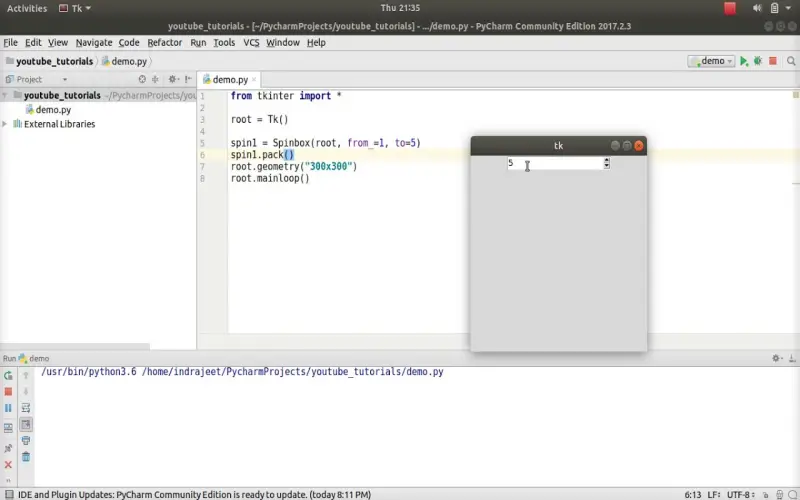
9. Paho-MQTT
MQTT has emerged as a popular messaging protocol for IoT systems due to its lightweight nature and publish/subscribe architecture. The Paho MQTT module lets Python applications make use of MQTT seamlessly. It provides callbacks for subscription events and has support for asynchronous non-blocking connections. Paho-MQTT even enables persisting messages to disk for reliability. It has handy debugging callbacks for tracing packet transfers. As MQTT grows more predominant, Paho-MQTT becomes an essential tool for connecting IoT devices and aggregating telemetry data.
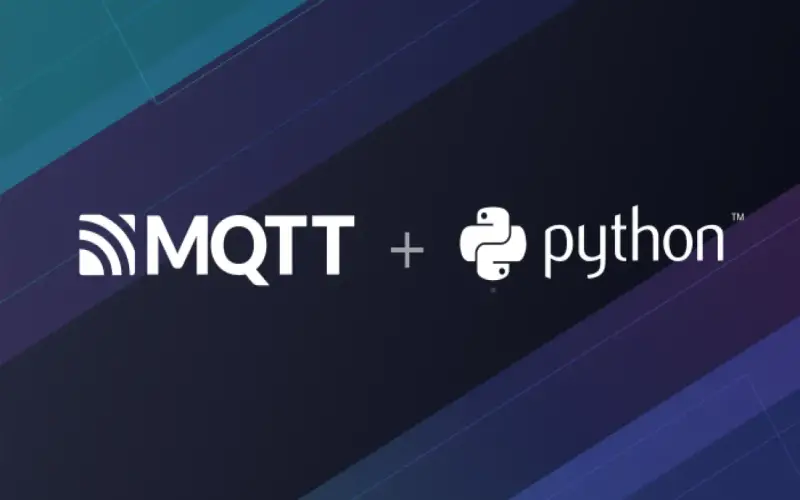
10. DeviceHive
DeviceHive provides an open-source machine-to-machine communication framework for IoT. It includes a responsive web UI, user authentication services, and REST/WebSocket APIs. This allows developers to quickly build interfaces for IoT device monitoring and control. DeviceHive handles data aggregation from devices and visualization. It also incorporates alerts, data pipelines, and a plugin system. For end-to-end IoT solutions, DeviceHive delivers tons of functionality out of the box. It allows developers to focus on creating solutions versus building boilerplate infrastructure.
